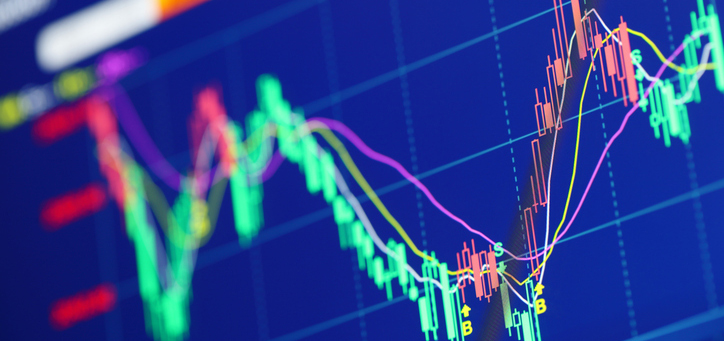Stop Orders: Factors to Consider During Volatile Markets

Most investors understand that investing in stocks involves risk. But what you might not know is that stop orders—a tool for managing market risk—can introduce distinct risks of their own, especially during times of market volatility.
A stop order is an order to buy or sell a stock once the stock reaches a specified price. The order is triggered for execution once this predetermined price has been reached. Stop orders can limit your exposure if the price of a stock you have an interest in changes beyond the price point that you set—i.e., the “stop price,” also known as a “trigger” price.
Generally, a sell stop order allows you to limit losses (or preserve gains) in a stock you own by triggering a sale once the stock’s price falls to the specified stop price. Conversely, a buy stop order triggers an order to buy a stock once the stock’s price rises to the specified stop price, which can help you try to limit losses on a short position in that stock.
A stop order becomes a market order once the stop price is reached. The price you receive upon execution, though, could be markedly different than your stop price. For example, if your floor for the stock’s price is $50, the sell stop order will automatically become a market order when the stock reaches that predetermined price. With a market order, your stock will be sold at the best possible price reasonably available in the market as soon as the stock hits $50. If the market’s moving fast, you could receive less—and potentially significantly less—than $50 per share by the time your order is executed.
The inherent risks involved with stop orders have prompted certain stock exchanges to cease accepting stop orders. Though your brokerage firm might still accept stop orders, be sure you understand the basic risks of this type of order before you decide to use one.
Stop Prices Aren’t Guaranteed Execution Prices
Once your stop order becomes a market order, your brokerage firm is required to make every effort to execute your market order fully and promptly. However, if markets are volatile and stock prices are changing rapidly, your stop order may be executed at a price that’s significantly different from your stop price.
Short-Lived, Dramatic Price Changes Might Trigger Your Stop Order
Rapid price movement during a short period of time could trigger a stop order. Due to market volatility, the stock might later rebound and resume trading at its prior price level. Keep in mind that if your stop order is triggered under these circumstances, your order might be executed at an undesirable price even though the price of the stock could stabilize quickly. Once the order is executed, you can’t undo that trade.
Placing a “Limit Price” on a Stop Order Might Help Manage Some of These Risks
In addition to the stop price, you can set a “limit price” beyond which you’re not willing to buy or sell. This type of order, which combines features of a stop order and a limit order, is also referred to as a “stop limit order.” With this type of order, your shares will only be bought or sold once the stop price is reached if your brokerage firm can obtain the specified limit price or better. As with any limit order, a potential downside is that there’s no guarantee that your order will be executed. Consider using a stop limit order, rather than a stop order, if your primary goal is achieving a desired target price rather than getting an immediate execution irrespective of the price.



